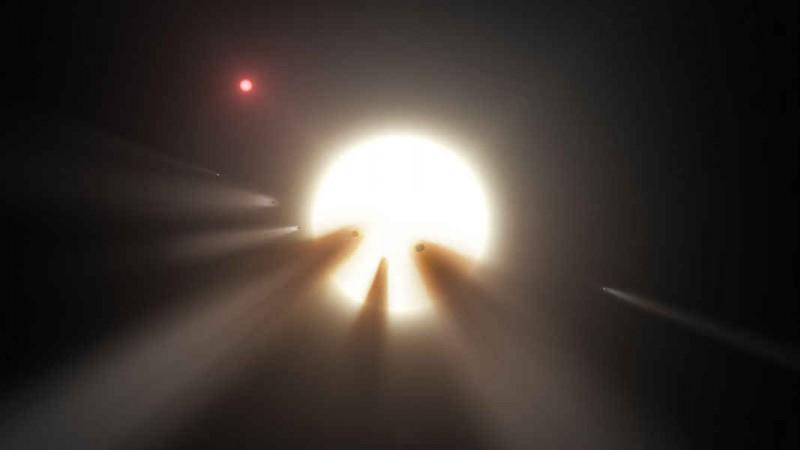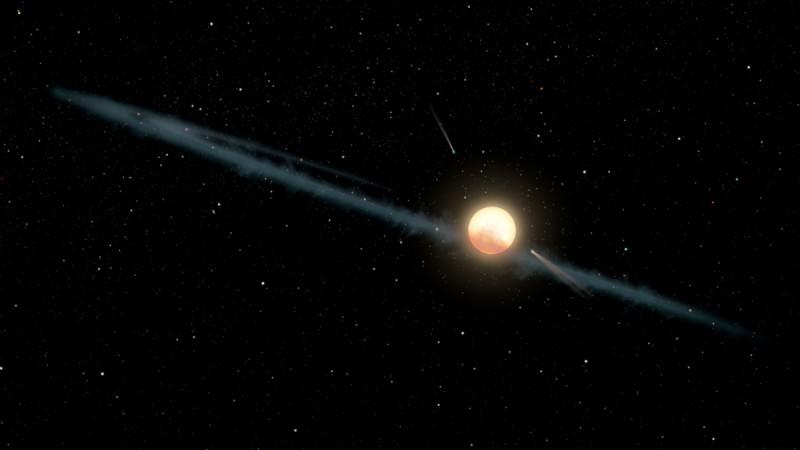
Tabby's star, popularly called the "Alien Megastructure" star and known for its bizarre fluctuating light, has dimmed again, this time by up to 10 percent. This dip is one of the most dramatic drops in light ever observed from this celestial object.
The last record dip in brightness was identified by the Kepler Space Telescope in 2011, reports Science Alert (SA). This dimming episode started on March 16, according to Tabetha Boyajian, the Louisiana State University astrophysicist who discovered the star. The dimming then returned to normal in the following days, she reported.
Then the star started to dim again on March 26, which she wrote about in the observation blog she maintains. "Today we have some very big news - data taken at TFN last night show the flux is down 5 percent," Boyajian wrote. "This drop has now been confirmed by AAVSO observer John Hall. Looks like we beat the record set just last week on the deepest dip observed since Kepler!"
Tabby's star is located 1,280 light years away, so researchers are yet to identify what this actually means or even why the star is sporadically dimming and getting brighter. This does not seem to match up with a planetary pass-by. According to the SA report, when a planet crosses a star, the dip in light is normally one percent or less. This is the how exoplanets are found – when there is a dip in light from stars at regular intervals.
In fact, this is the main function of Kepler. So when Kepler first found Tabby's star, the dimming was not just irregular in terms of intervals between each dip, the intensity of the dimming was also inconsistent. In a Kepler observation in 2011, the report notes that the drop in brightness was as much as 22 percent. Last year, there were several dimming events as well.
While a dimming star is strange enough, the Tabby's star has also gone through extended periods of brightening in the past. That is what makes the alien megastrcture star so perplexing.
Several theories have been put forward to explain this strange behaviour, including a massive alien body hovering in front of the star, massive dust clouds blocking the view from Earth, small planets with a wobbly orbit, massive planet with rings like Saturn as well as a star swallowing a planet. None of them seem to fully explain this mysterious star.

So far, dust is the leading explanation, according to a January report by Space.com. However, if it really is a dust cloud, it would have to be massive, and dense, as blocking 22 percent of a star's light is no easy task.

















